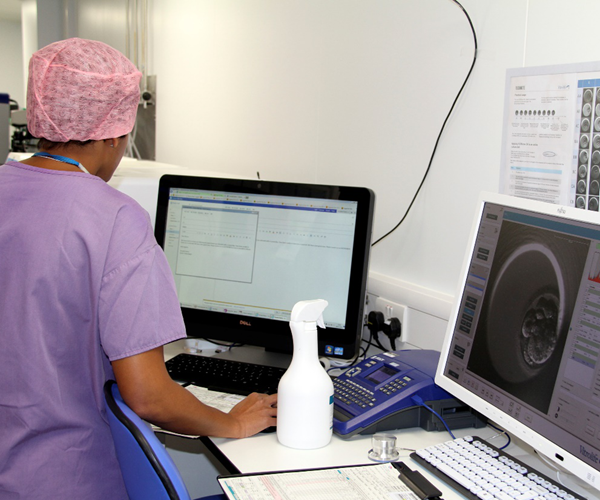TQM important for assisted reproductive techniques: UK medical experts
LONDON, May 9 (Xinhuanet)-- Compared to other countries, the assisted reproduction field in China has an even broader patient group and an even more flourishing cycle growth potential, according to medical experts in UK.
In the last 30 years, assisted reproduction in China has entered a phase of rapid development, and for many assisted reproductive techniques the country has already become a world leader, they held.
Against this background, it is even more important to establish a total quality management system in China’s reproductive centers to maximize both the efficacy and safety of assisted reproduction, they added.
Louise Brown, the world’s first test tube baby, was born in England on July 25, 1978.
Since then, around five million babies have been born through in vitro fertilization (IVF) worldwide.
While more and more people benefit from this reproductive medicine technology, it has now become clear that quality management plays a key role in increasing effectiveness and improving safety.
“Experience cannot substitute for Total Quality Management (TQM), while the development of science and technology helps us to improve TQM. Overall, in the field of assisted reproductive medicine, TQM and success rates are closely related,” said Dr. Cristina Hickman, senior scientist and Head of Laboratories at the Boston Place Clinic in London, partner organization of IVF Hammersmith Hospital in London recently.

Hammersmith Hospital in London, photo by Pan Zhi
In the past few years, following the constant improvement of the quality of assisted reproductive drugs and the continuous innovation of assisted reproductive techniques, assisted reproductive therapy has also entered a phase of rapid development, they said.
Assisted reproductive treatment is a multi-disciplinary approach, involving close collaboration from teams of doctors, scientists, nurses, counselors and administrators, the experts said.
From the moment of seeking medical advice for the first time up until the moment of live birth, patients experience more than ten procedures including ovulation stimulation, egg retrieval, freezing, embryo transplantation, and luteal support.
The process is complex, all steps are interrelated, and many people are involved. Each segment and every person could possibly have an impact on the final live birth rate.
“Here, the definition of quality depends on whether or not our patient considers our treatment to be effective, highly effective, and safe,” said Lisa Maguire, quality manager at IVF Hammersmith and Boston Place.

IVF Laboratory at Boston Place Clinic, photo by Pan Zhi
According to Dr. Georgios Christopoulos, another expert of IVF Hammersmith, KPIs(key performance index) should be set up for every detail of every segment.
The management of a reproductive center is a typical multi stage management model, especially when you look at it from a quality management point of view.
Next to eventually obtaining healthy living embryos, it also includes KPIs(key performance index) for the numerous other stages.
In order to be able to compare the assisted reproductive medicine success rate of different clinics, the international mainstream medicine world introduced the “quality management reference population” to avoid every clinic’s patient factors having an influence on statistical results.
“The same technique, the same quality management system, and the same KPIs(key performance index) used in different clinics can lead to different clinical treatment outcome statistical data,” said Dr. Anna Carby, medical director of Boston Place Clinic.
“And, one of the reasons for this may simply be that the overall condition of the patient group that different clinics receive differs to some extent. For example, in some clinics young patients are in the majority, while in other clinics the age of the patient group is higher,” she explained.















